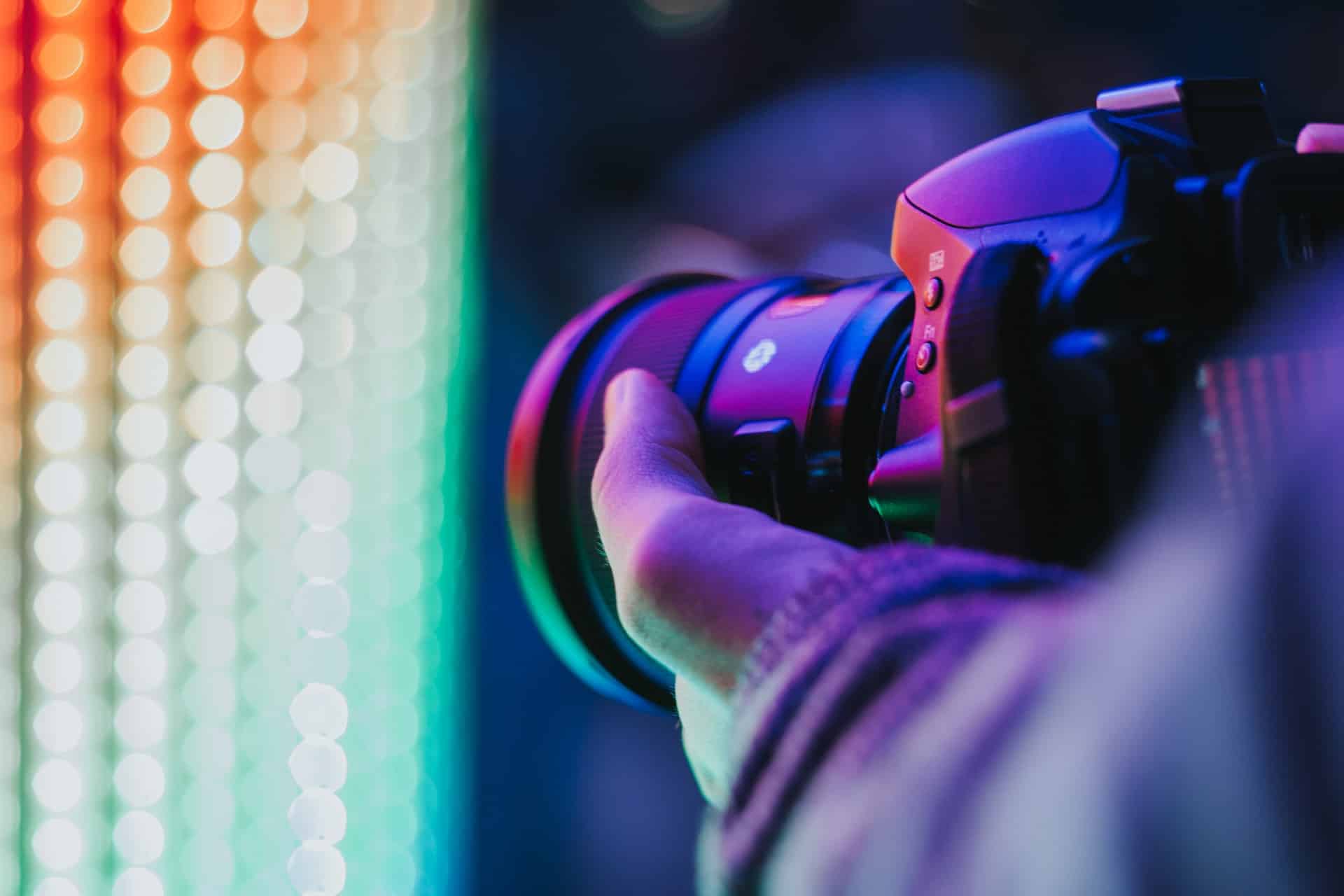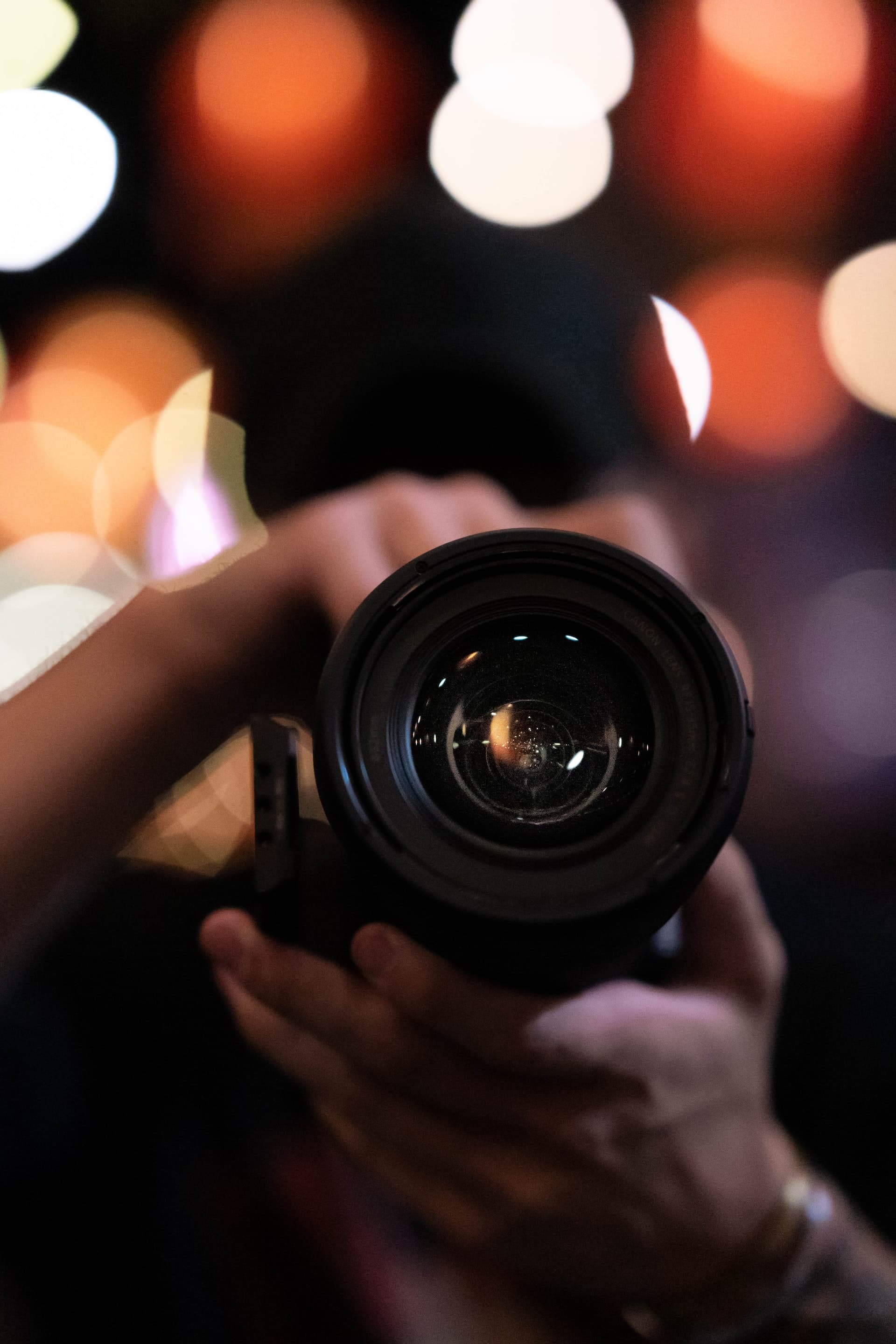Are you new to photography and want to develop your creativity? Or maybe you’re quite successful, but feel the lack of interesting ideas? Then exercises to develop creative thinking and aesthetic sensitivity are just for you.
IMAGE: UNSPLASH
1. Figure-Tape
Imagine that you have a film camera instead of a digital one: the number of shots is limited (24–36), and you can only assess the ready picture at home (turn off the preview on the screen). Take a closer look at your surroundings. What is worthy of a precious frame? How do you build an expressive composition by evaluating it only through the viewfinder?
2. Fiction And Reality
Take a few shots of people, architecture and interiors, and use a photo editor to add a twist to ordinary scenes. What could make an ordinary scene more interesting?
For example, with the help of Retouchme.com/angel-wings-photo-editor, you can add wings to the characters in the picture. You can “arrange” an invasion of giant ladybugs, “give away” unusual pets to passersby, etc. This exercise perfectly develops imagination, turning ordinary shots into pictures of fantasy worlds.
3. 12*12
Choose a place where you can stand or sit still. Take 24 pictures that will differ in composition, mood, light and shade pattern. Actively use the zoom, various camera settings, etc. Usually, the first 12 shots are easy to make, after which you think you have exhausted all possible solutions. This is where you should get your second wind! The main thing is not to interrupt the exercise, even if you have to spend some time looking for creativity.
4. A Black And White World
Devote 1–2 days of shooting exclusively in black and white without additional filters or retouching. This exercise allows you to sharpen your perception of lines and forms, learn how to work with contrast, and use light and shadow patterns.
5. Ten
Have a photo session with a small object. It can be a water bottle, a cup, a pine cone, etc. Take 10 abstract or unique pictures that reveal the beauty of the chosen object. The more mundane and smaller the object, the more difficult the task.
6. Playing Without Rules
In the world of photography, there are many rules to help make a good picture: how to frame images, what time of day to shoot landscapes, how to line up the light for portraits, and so on.
Knowing these standards is useful, but sometimes it’s worth deliberately breaking them! Go out on a “photo hunt” at noon, shoot portraits with the wrong light and place your subjects in the center of the frame. First, you can get unexpectedly dramatic and spectacular images. Second, you will learn how to work in non-ideal conditions that may arise when you work with a client.
7. Square
Photograph the subject by alternately placing it (or its elements) in different angles of the frame. Is there an opportunity to change the angle? Take four more photos! Sometimes you can get an unexpected aesthetic effect.
8. Frames
Set yourself one or more limits for your shooting day/weekend. You can come up with a frame yourself or choose from the ones below.
- 8 to 10 o’clock.
- One fixed focal length lens.
- One location.
- Manual mode only.
- Black and white mode.
- Exclusively underexposed/overexposed.
- Frames without people/buildings/autos.
- Full frame fill.
- Filling less than 3/4 of the frame.
- Photograph only what is above or below your height.
Tough conditions help you be creative in composition, develop a flexible artistic approach, and learn how to work in an uncontrolled environment.
9. Walking With An Object
Choose an object that is easy to fit in your bag or pocket and go for a walk with it. Include your new “protagonist” in every shot. Think about how to make interesting photos with the thing in a variety of locations and how its presence influences the composition and framing. Maybe you’ll have a whole story or each shot becomes a mini-story.
10. The Ninth Dimension
Choose any location, take a picture of it so that each picture highlights one of the nine main artistic dimensions: line, light, shadow, shape, shape, texture, size, color and depth. You can also include pattern, focus, tonality, negative space, and quality of light in your training.
Remember that developing creative thinking and finding creativity, is a never-ending process. You can make up your own exercises for this purpose. You can also stimulate your imagination by surrounding yourself with art: visit exhibitions and galleries (even if online), read quality literature, study the work of world-renowned photographers, etc. Evaluate your work critically and enter photo contests to get better.
IMAGE: UNSPLASH
If you are interested in even more lifestyle-related articles and information from us here at Bit Rebels, then we have a lot to choose from.


COMMENTS